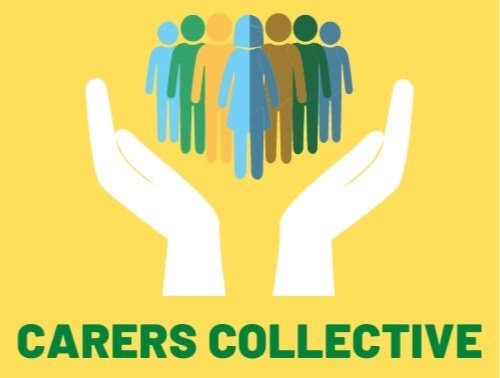When Pain Takes Over: My Journey with Atrophie Blanche
I feel like I'm drowning.
The last four weeks have been what I can only describe as an emotional, physical, and mental rollercoaster—all while I continue to juggle my roles as a carer, care manager, and businesswoman.
How It Started
It began so innocently. Around June 2024, I noticed a small circular white dry patch of skin on the lower part of my right leg. Nothing alarming, just something to keep an eye on. It was painful to touch, but I wasn't overly concerned.
A few months later, during a routine appointment with my podiatrist, I pointed to the spot and asked, "What's this on my leg?"
"It's Atrophie Blanche," they replied matter-of-factly.
I went home and did what any of us would do - googled it.
What Is Atrophie Blanche?
Atrophie Blanche (AB) is a morphologic pattern of scarring that occurs secondary to a clinicopathologic entity known as livedoid vasculopathy. Simply put, it’s a chronic skin condition that causes small, white, star-shaped scars, usually on the lower legs or ankles. It happens when blood flow to the skin is poor, leading to painful ulcers that heal slowly and leave behind these scars. People with circulation problems or conditions like chronic vein disease are more likely to get it. The affected skin may feel tight, thin, and fragile, and sometimes, new wounds can form in the same area. Mine has developed into a venous ulcer and it’s very painful!
Living With Chronic Pain
For the past four weeks and counting, pain has become my constant companion. This isn't just physical discomfort, it's affecting me both mentally and emotionally.
The pain is extreme, so I'm currently taking four different painkillers:
Naproxen (which requires me to take Omeprazole to protect my stomach)
Codeine Phosphate
Paracetamol
Amitriptyline
And it still hurts! Alongside reducing the pain, the treatment i’m getting is focusing on improving blood flow and preventing new sores from developing. My weekly routine now includes visits to the practice nurse for cleaning and redressing my leg. I've been fitted with a leg support that should help speed up the healing process, but the whole experience has been nothing short of a nightmare.
The Invisible Burden
What people don't see is how chronic pain seeps into every aspect of your life. The energy it takes just to manage the pain. The mental strain of wondering when (or if) it will improve. The emotional toll of feeling limited by your own body.
All while trying to maintain my responsibilities as a carer for others, managing care services, and running a business.
Caring for someone while managing a chronic condition yourself can feel overwhelming, as the demands of caregiving never stop, even when you’re unwell. The physical strain, emotional stress, and lack of rest can make existing health issues worse, leading to exhaustion and burnout. It’s common for carers to neglect their own needs, perhaps skipping medical appointments, ignoring symptoms, and pushing through pain because they feel they have no choice. However, it’s time to change this - taking care of your own health is not a luxury - it’s essential. If you don’t look after yourself, it becomes even harder to provide the care your loved one needs. Seeking support, accepting help, and prioritizing rest when possible are crucial steps to maintaining your well-being. By making your health a priority, you’re not only helping yourself but also ensuring you can continue your caregiving responsibilities in the long run. For many this seems impossible, which is why seeking support is so important.
Moving Forward
I'm sharing this not for sympathy, but because invisible chronic conditions often go undiscussed. If you're going through something similar - I see you!
I don't have all the answers yet. I'm still in the thick of it and learning to navigate this current reality one painful day at a time. But I'm determined to find a way through, to adapt, and to keep going despite the challenges.
Sometimes acknowledging the struggle is the first step toward finding a way to live with it.

